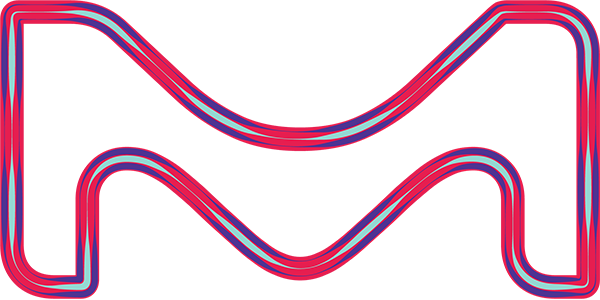How to achieve the best results in gravure printing with our effect pigments
Our effect pigments are especially well suited for gravure printing. The color layer thicknesses and smooth printed images that can be achieved using this printing technique, yield very strong effects.
For the best results, the printing ink and viscosity must be adjusted to the material to be printed and the printing speed. The printing form is the deciding factor for the quality of printing ink transfer and emptying of the cells. The particle size, screen count, and cell geometry must also be considered equally when effect pigments are used in printing. Use of laser engraved cylinders improves transfer behavior of the effect pigments onto the substrate.
The printing ink and its viscosity, as well as the cell geometry of the etched rollers, must be adjusted to the effect pigment used.
See our gravure printing guidelines below:
Mechanical engraving / Etching
| Pigment particle size | Screen count (lines/cm) |
|---|---|
< 15 μm, 5 – 25 μm |
70 |
| 10 – 60 μm | 60 |
| 10 – 100 μm | 60 – 48 |
| 10 – 125 μm | 60 – 32 |
| 20 – 200 μm | 28 – 34 |
Engraved cells
- always horizontal
- water-based: 130 – 140° angle, channeled
- solvent-based: 120° angle, channeled
Etched cells
- ratio of cell width to wall 10:1
- etch depth up to 60 μm, very coarse pigments up to 80 μm
Laser engraving
| Pigment particle size | Substrate | Cyclinder |
|---|---|---|
| 1 – 15 μm | coated and uncoated paper, films |
MS SI 70-100 |
| 5 – 25 μm | coated and uncoated paper, films |
MS SI 60-80 MS SI 60-70 |
| 10 – 60 μm | coated and uncoated paper, films |
MS SI 50-60 MS SI 50-70 |
20 – 100 μm 20 – 125 μm |
coated and uncoated paper, films |
MS SI 40-50 MS SI 40-50 |
| 20 – 200 μm | coated and uncoated paper, films |
MS SI 34 MS SI 34 |
Contact us
Do you want to know more about using our effect pigments in gravure printing? Please contact us.
